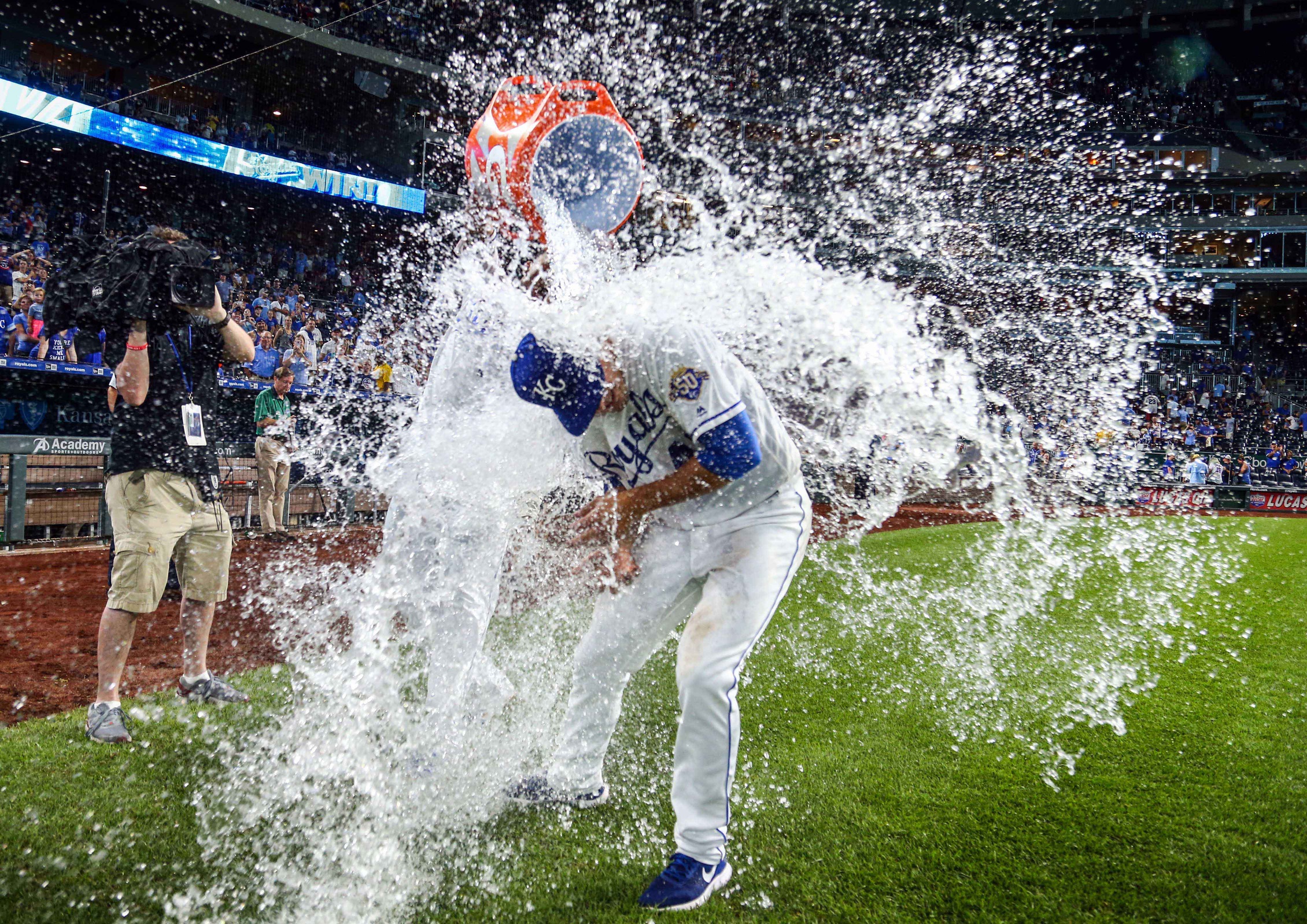Someday, some Royals blogger who fancies himself a historian (pfft, what a loser that guy will be!) will be perusing Baseball Reference and notice that this year’s team put up a strong challenge to be the worst in franchise history. I hope this post will still be floating around the interwebs then, because I’m here to tell you, future nerd, this squad is not nearly as bad as the other four 100-loss teams the Royals have produced (2002, then 2004:-2006, and again this year).
Sure, the 2018 Royals have been bad. You don’t lose 104 games and get outscored by almost 200 runs unless you’re terrible. But when I start comparing this team to those other 100-loss teams, it seems to me that this team isn’t on that level.
It’s hard to believe how much the game has changed just since 2006. Strikeouts and high-powered bullpens are up; base hits and scoring are down. So let’s look at how this year’s Royals compare to league-average against those early 2000s teams:
Those 2005-2006 teams really stand out, don’t they? The 2006 team allowed the most runs in franchise history (971), breaking the record of the 2005 team (935). Sure, it was a higher-scoring environment but that’s pretty ridiculous. This year’s team seems to be more on the level of the 2002 and 2004 teams.
Of course, the 2018 Royals did most of their stinking early in the year. As the calendar turned to August, they were 33-73 and had been outscored 582-388 on the season. That’s 5.49 runs allowed per game and 3.66 runs scored per game, and they were a total difference of -1.79 runs per game below the league averages on July 31. Since then, they went 25-31 and scored almost as many runs as they’ve allowed (251-250). As you might imagine, they’d be right at league average over that span. Yes, for two months this Royals team has basically been a .500 team. That should be taken with a grain of salt, because it is only two months and one of them is September, with its expanded rosters and teams possibly trying out younger players for next season. But still.
It’s not impossible for a 100-loss team to have a 25-31 stretch. The 2002 Royals did it. Even the 2005 Royals did it (and then followed that up with a 19-game losing streak). The 2006 team accomplished it, too. I guess the difference here is that this team won’t have the chance to screw up the good feeling with some awful baseball down the stretch. Instead, they played much better late in the season.
Why? One big difference this year is the Royals, unlike many of those past 100-loss seasons, more or less committed to a youth movement after the July 31 trade deadline. According to Baseball Reference, the Royals’ hitters this year have an average age of 28.6 and the pitchers are at 27.6. Those numbers are lower for the hitters than three of the other four 100-loss teams (the only one lower is 2005, at 28.1). The news isn’t quite as good on the pitching side; two of the four had a lower average age. I suspect that will change some next year as the bullpen gets turned over to some of the prospects. But the encouraging thing about the last two months is the Royals have done this with younger players getting lots of playing time. That should make us all cautiously optimistic about next year.
The one area where this team might be worse off than the previous 100-loss teams is the bullpen. Normally, you expect relievers to perform better as a group than the starters, at least in terms of ERA. But this year’s Royals have flipped that, with the starters compiling a 4.92 ERA against the relievers’ 5.09. Those are both bad numbers, of course, but it really shows how a bad bullpen has hurt this year. What’s more, only the 2002 Royals matched this feat in our five-team sample. What’s really sad is that the 2004 and 2005 teams, in that higher-scoring environment, had lower bullpen ERAs than the 2018 Royals. ERA isn’t everything, of course, but I think that helps put in perspective how bad this year’s group of relievers has been. And with the increasing importance of bullpens in this era of baseball, this group was, in my opinion, the biggest problem on a team full of them.
Frankly, I think every bullpen spot ought to be up for grabs going into the offseason. One–count ‘em, one–reliever on the season-ending roster had a positive WARP. That would be Kevin McCarthy, at 0.2. Fixing that bullpen won’t make these Royals a title contender, but it would go a long way toward avoiding the 100-loss mark next season. There are still lots of question marks (mainly, can the guys who played well for two months this year do it for six months next year?), the rotation only has three dependable (but likely mid-rotation types) starters, and the whole outfield situation needs to be sorted out. But perhaps we can see the beginnings of something more. And that hope is what makes this 100-loss team different than any other the Royals have had.

